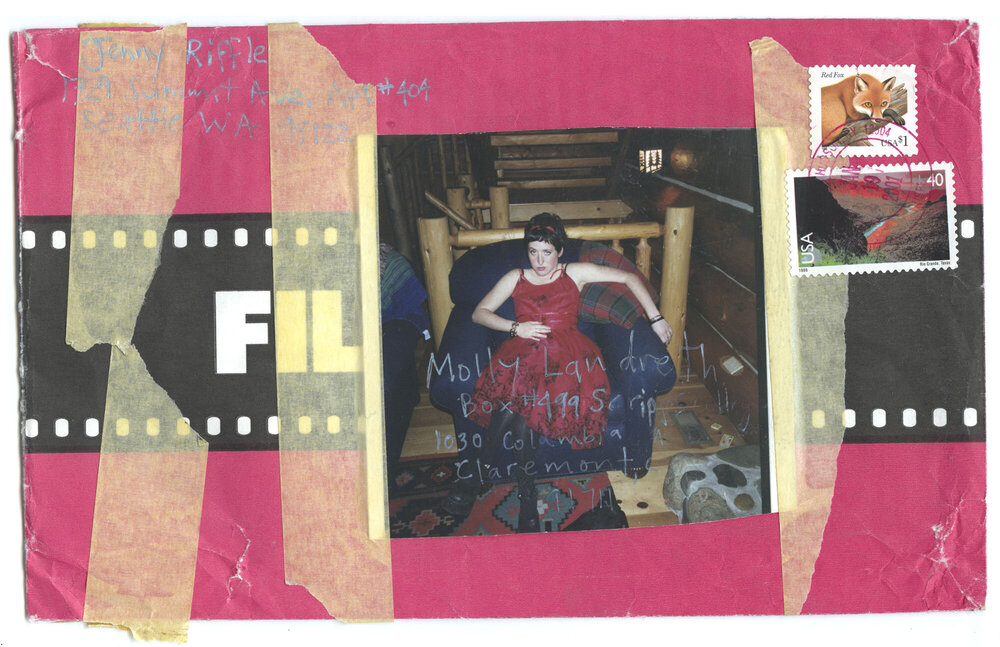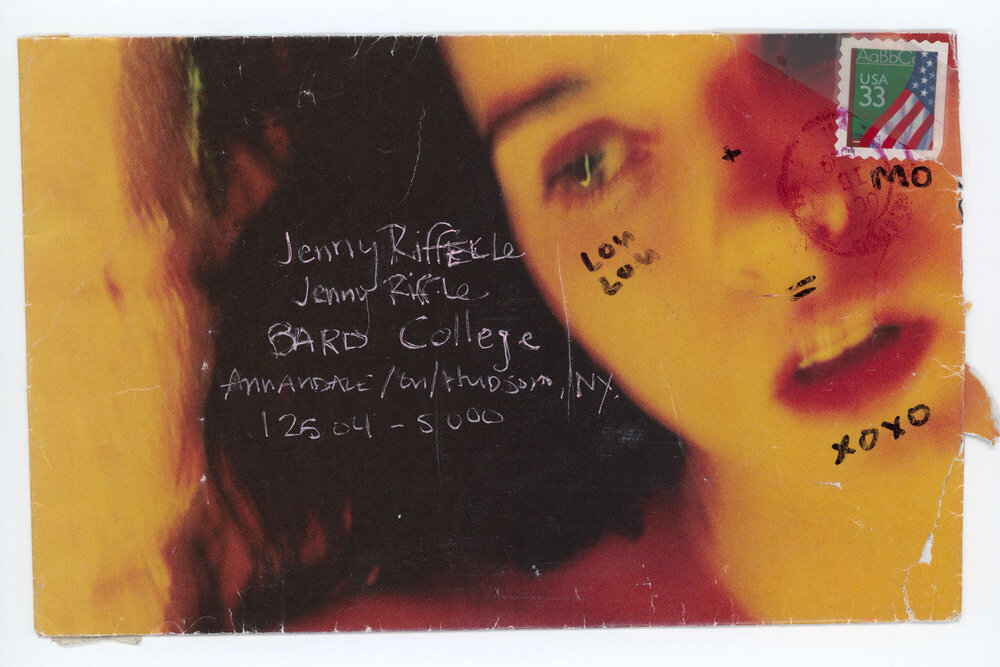BOOK REVIEW:
On Jenny Riffle and Molly Landreth’s “It’s raining… I Love You”
By Rafael Soldi | Published September 9, 2021 in Strange Fire Collective
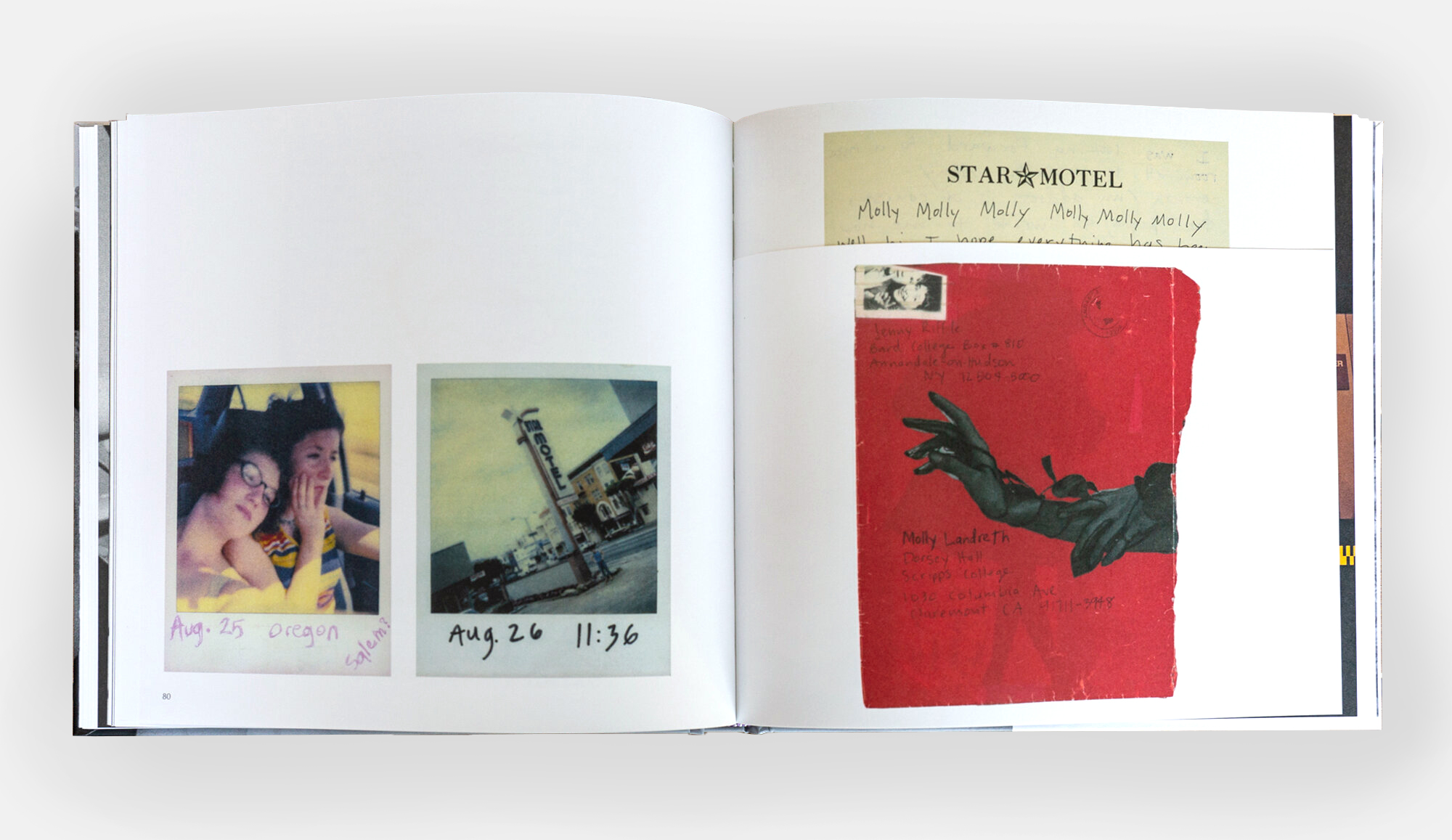
Courtesy of the artist and Minor Matters
“Molly my dear…” reads the opening page in Riffle’s handwriting, “it just started raining. I love you, Jenny”. In the subsequent pages, Riffle and Landreth picture themselves in moments of intimacy and cheeky displays of affection. As writer Genevieve Hudson notes, they “taught each other what it was like to be friends and lovers and young queer artists at a time when queer representation was hard to find. And since they could not see images of their life reflected in the world, they made images of themselves.”
In private spaces we find them lounging together, holding one another tenderly. In public their intimacy carries a performative streak, a daring spirit and often a defiant gaze directly into the lens. As if plucked from a coming-of-age film, Riffle and Landreth’s photographs picture women on the edge of something. Their confidence is youthful and innocent, and yet there is longing—an appetite for answers, a curiosity, a search for love and belonging.
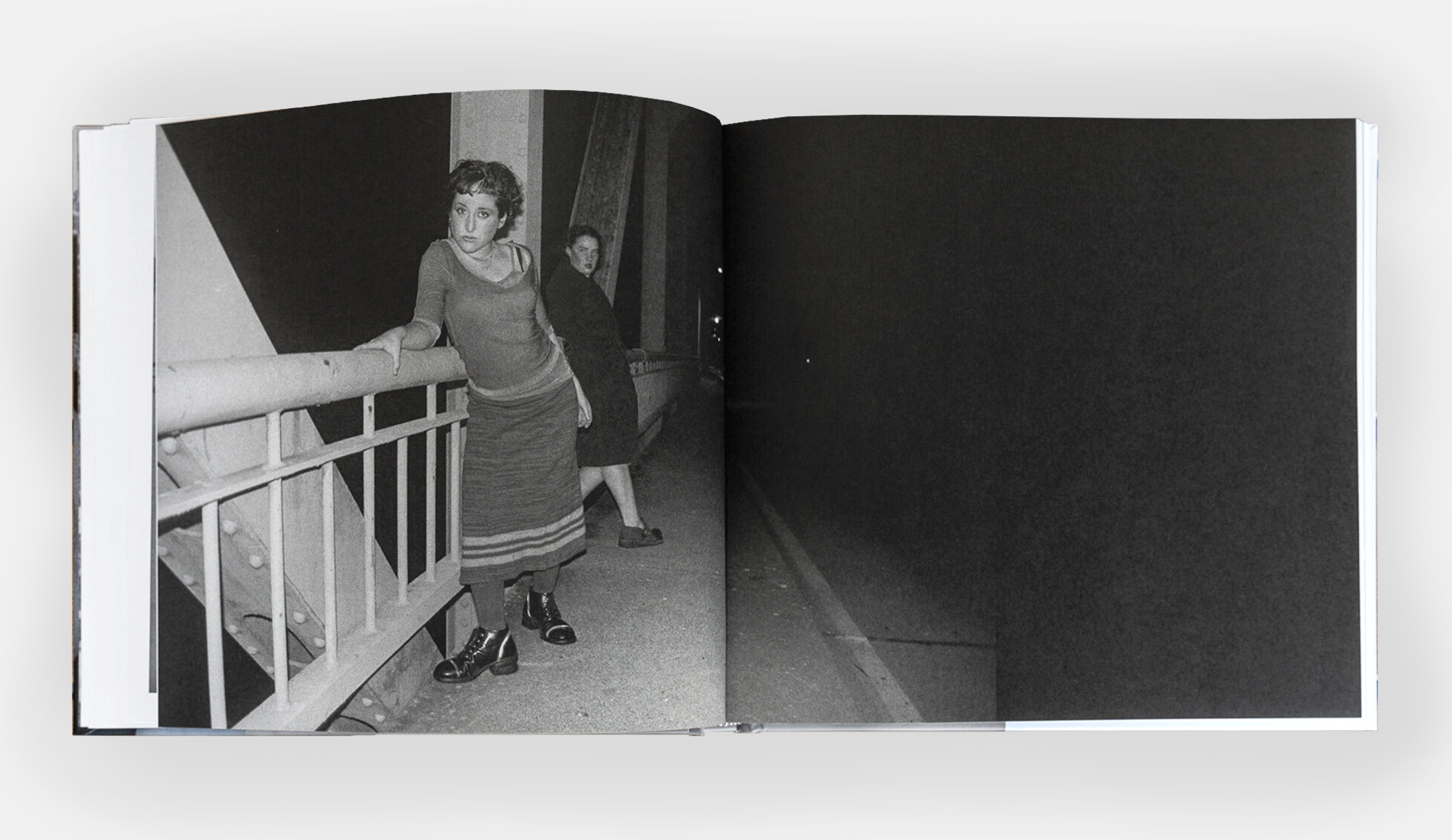
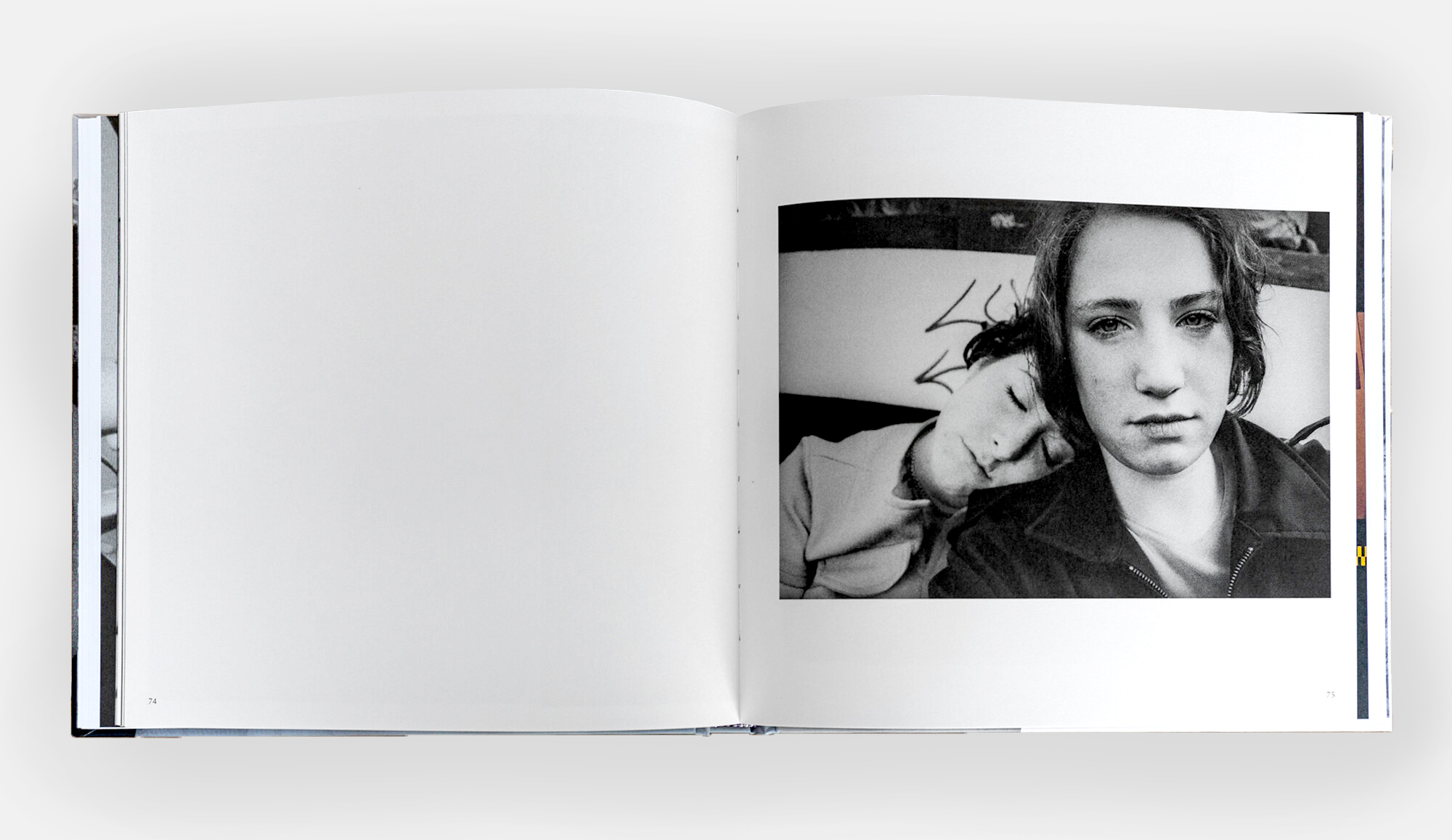
I think often of the great queer thinker José Esteban Muñoz, who wrote that “We may never touch queerness, but we can feel it as the warm illumination of a horizon imbued with potentiality. The future is queerness’ domain. (…) Some will say that all we have are the pleasures of the moment, but we must never settle for that minimal transport; we must dream and enact new and better pleasures, other ways of being in the world, and ultimately new worlds.”
The excitement in these photographs—the tension, the rebelliousness—feels born out of what they’ve yet to know. There’s a clearly buoyant enjoyment of the present, but the essence feels rooted in the future, in the endless possibilities of queer world-building. I’d be remiss if I didn’t mention the photographs are good. Among the freestyle nature and the playful theatrics one finds in both Landreth and Riffle a curious and sensible eye as well as an obvious technical competence that is critical to the success of this work.
Accompanying the photographs—which take us through daisy fields, bridges at night, abandoned schools, diners, carnivals, and the farmlands of rural Washington—are also snapshots, notes, polaroids, contact sheets, letters, and collaged envelopes. A handwritten note by Landreth reads, “…I took the email as an invitation to come over. I hope that’s okay. So I’m at the Bauhaus [coffee shop] waiting for you. Please join me.” It perfectly encapsulates the urgency of a free, young queer love at the cusp of the aughts and the digital revolution.
